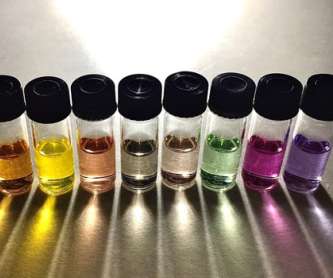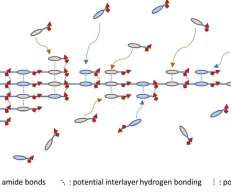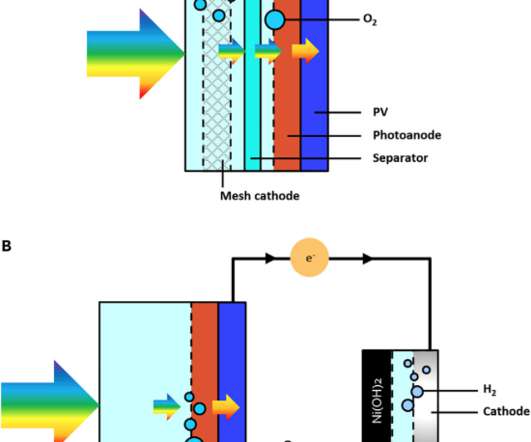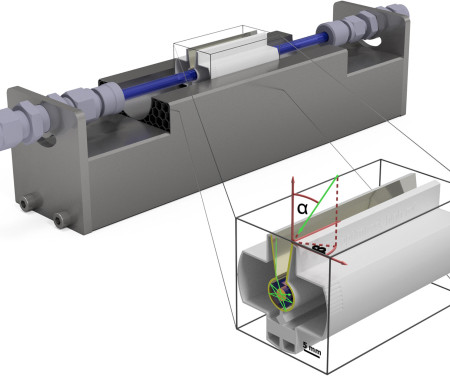Uppsala team develops composite polymer dots for efficient, stable H2 production from water and sunlight
Green Car Congress
FEBRUARY 15, 2021
Researchers at Uppsala University have developed photocatalytic composite polymer nanoparticles (“polymer dots”) that show promising performance and stability for the production of hydrogen from water and sunlight. These polymer dots are designed to be both environmentally friendly and cost-effective.





































Let's personalize your content